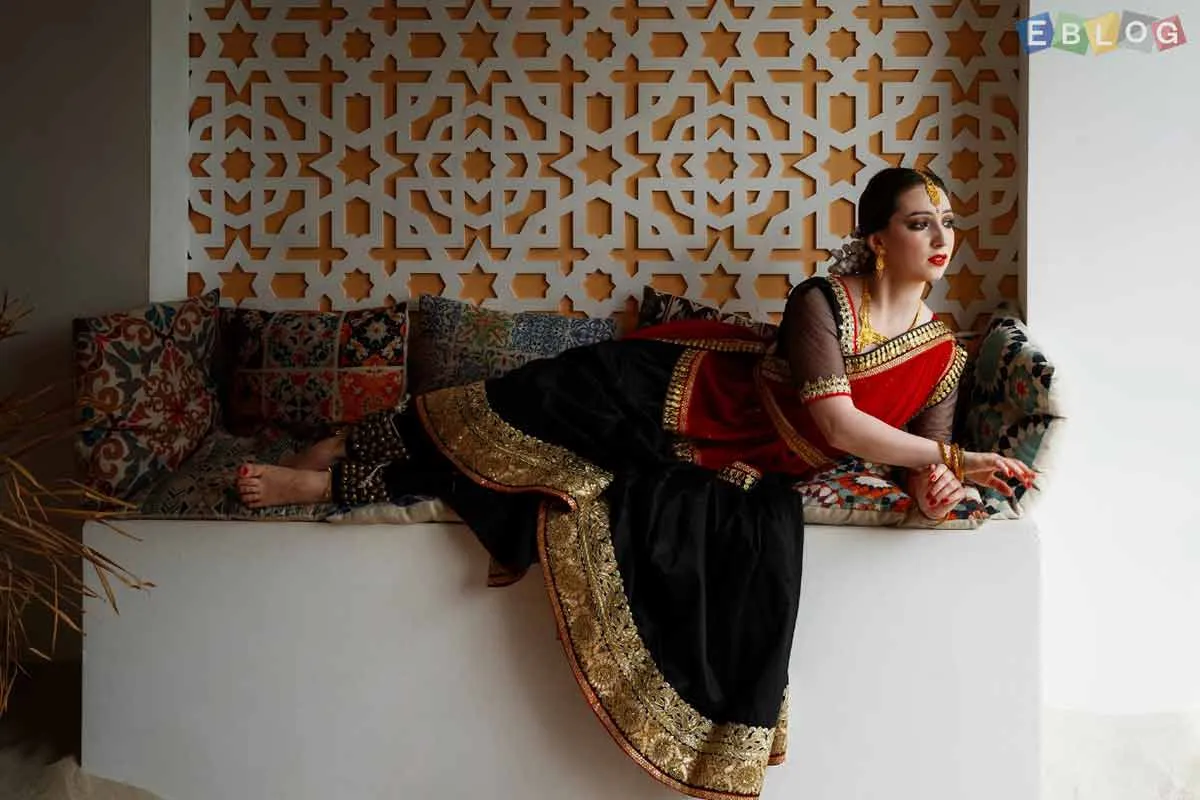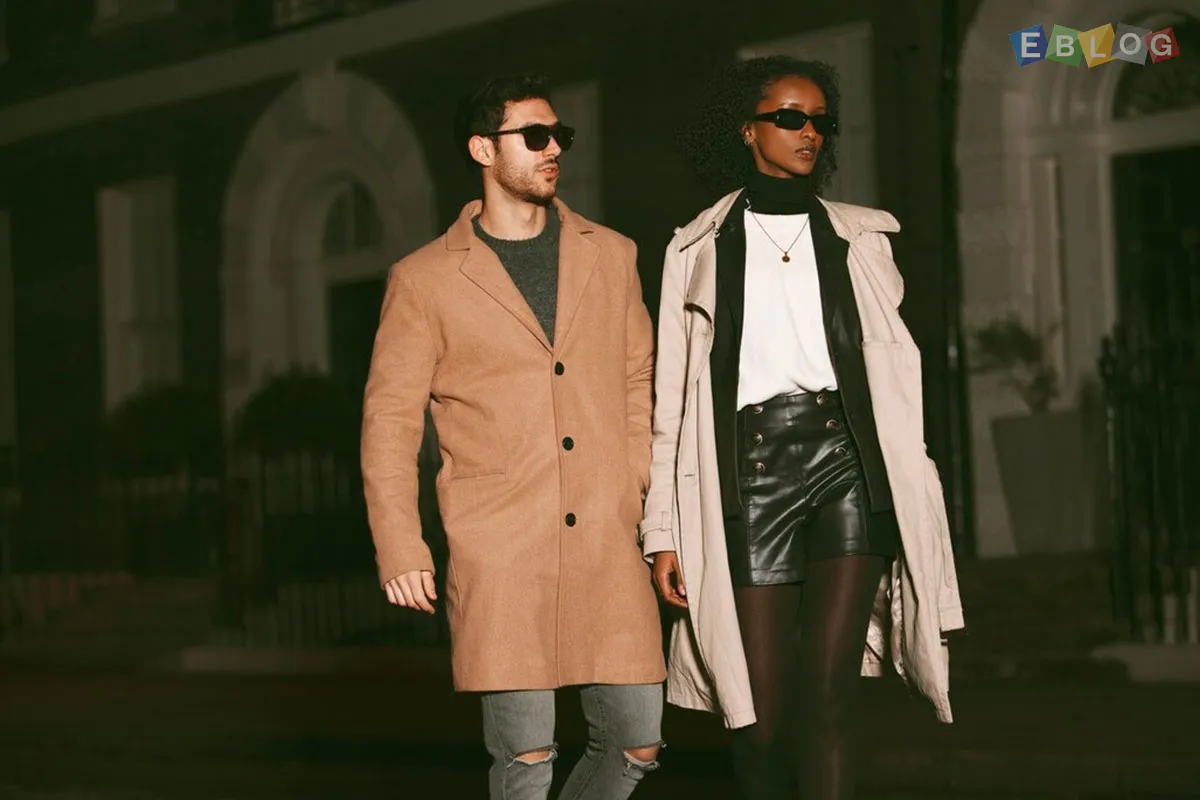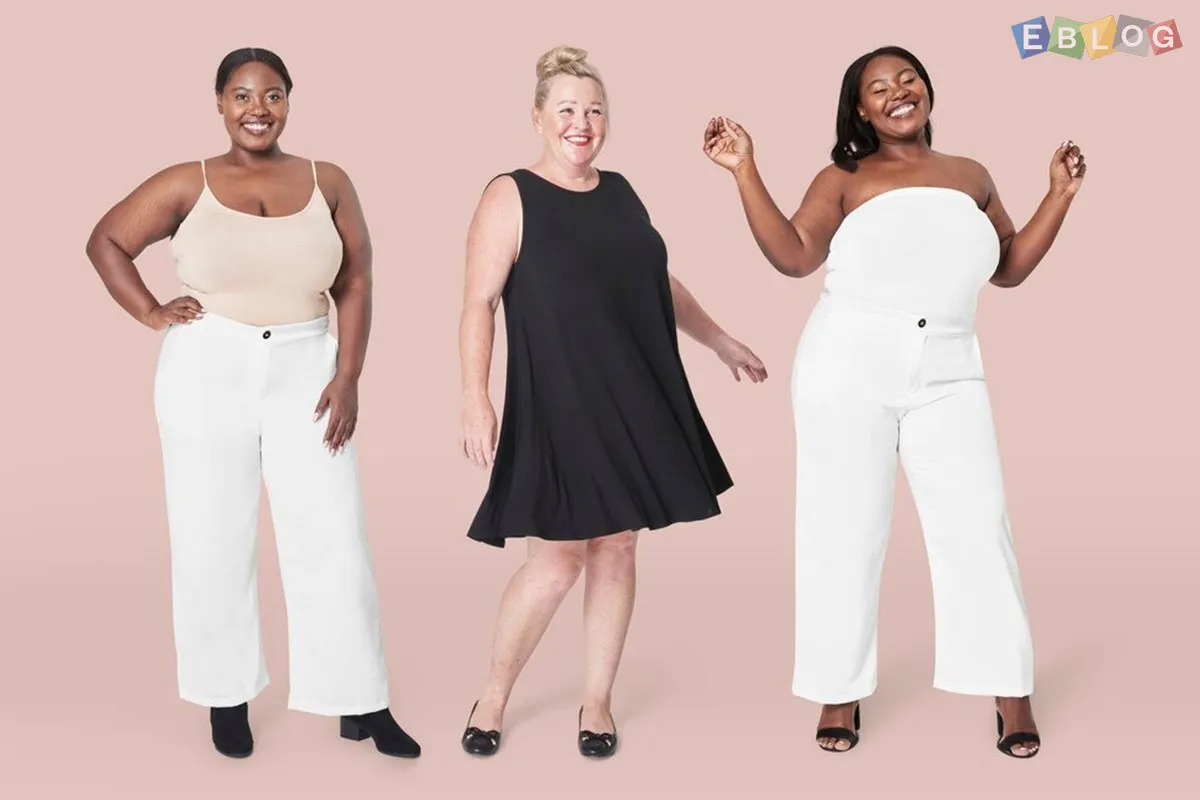
The Rise of Digital Fashion: Designing for the Metaverse
- 25 Jun, 2025
- Fashion
- 359 Views
- 0 Comments
In a world where pixels are becoming as valuable as fabric, digital fashion is rapidly evolving from niche concept to mainstream movement. As the Metaverse gains momentum, designers, brands, and consumers alike are reimagining the future of style—one byte at a time.
1. What Is Digital Fashion?
Digital fashion refers to clothing that exists solely in digital environments, often in the form of virtual garments. Unlike traditional fashion, which requires raw materials, production, and distribution, digital garments are created using 3D design software. They can be worn by avatars in virtual worlds or superimposed onto real photos using augmented reality (AR).
These virtual outfits may never be physically produced, but they hold real-world value in gaming, social media, and digital marketplaces like Roblox, Fortnite, and Decentraland.
2. Why Is It Rising Now?
Several forces are driving the rapid rise of digital fashion:
a. Virtual Identity: As more people spend time online—whether in games, on social media, or in virtual meetings—personal expression through digital avatars is gaining importance.
b. Sustainability: With the fashion industry being one of the biggest polluters globally, digital fashion offers a greener alternative, drastically reducing waste, water usage, and carbon emissions.
c. Web3 and NFTs: The rise of blockchain technology allows digital garments to be owned, sold, and traded as NFTs, giving them tangible value and scarcity.
d. Tech-Savvy Consumers: Gen Z and Gen Alpha are digital natives. Their embrace of both fashion and gaming creates a natural market for virtual style.
3. The Role of Designers in the Metaverse
Designing for the Metaverse requires a new mindset. Traditional fashion focuses on fabric, fit, and wearability. In contrast, digital fashion removes physical limitations, opening the door to radical creativity.
Designers can play with:
a. Impossible materials: Garments made of fire, liquid metal, floating holograms.
b. Dynamic wearables: Outfits that change shape, color, or pattern in real-time.
c. User interaction: Clothes that respond to mood, music, or movement.
d. Tools like CLO 3D, Blender, and Unreal Engine are empowering a new generation of creators who merge fashion design with game development and digital art.
4. Major Players Leading the Movement
Both digital-native brands and established fashion houses are diving into the Metaverse:
a. The Fabricant: One of the pioneers in digital couture, selling entirely virtual collections.
b. DressX: A marketplace for digital fashion that allows users to "wear" outfits in photos and videos.
c. Balenciaga, Gucci, Nike: These iconic brands are collaborating with game platforms and launching NFT collections to connect with younger audiences.
5. Challenges and Criticisms
Despite the buzz, digital fashion faces hurdles:
a. Access and Inclusivity: Not everyone can afford digital luxury goods, and not all platforms are equally accessible.
b. Environmental Impact of NFTs: While digital fashion is more sustainable than physical fashion, blockchain technology, especially NFTs, has faced criticism over energy consumption.
c. Legal and Ethical Questions: Who owns a digital design? Can it be pirated or copied? These are still gray areas in many jurisdictions.
6. The Future of Fashion in the Metaverse
As the Metaverse becomes more immersive and interoperable, fashion will be key to how users express identity, status, and creativity. In this future, your digital wardrobe could be as important—if not more—than your real one.
Imagine buying a digital coat for your avatar, then wearing it on a video call using AR filters, while also reselling it later as an NFT. That's not science fiction—it’s the emerging norm.
7. Final Thoughts
Digital fashion isn’t replacing physical fashion—it’s expanding it. It offers a playground for innovation, inclusivity, and sustainability. As the lines between digital and physical life blur, fashion is evolving to meet us in both worlds.
Designing for the Metaverse is not just about virtual clothes—it’s about rethinking the very fabric of fashion itself.













Leave a Reply